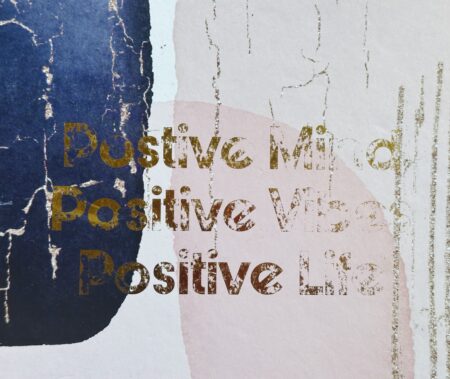“I don’t want to swim today, Mom,” says my middle child, sprawled upon my bed.
It is an hour before his lesson. He already dressed in his shirt-print swim trunks
“Why not?” I yell out from the bathroom, as I brush my hair.
“I don’t like the teacher,” he declares. “I’m quitting.” His distaste for the teacher was so strong that he was sticking his tongue at her and ignoring instructions at the last lesson.
Although it would be easy to cancel, request another teacher or even force my son to get over it, I know this is a learning opportunity for him. It is important for me to help him develop the strength needed to manage this situation.
“You are going to have teachers, coaches and people you don’t like in your life, Bud. The point is to practice how to be happy anyway,” I said.
Wise words, right? Some that I don’t know how to practice myself when difficulties arise.
Indian Yogi, Paramahamsa Yogananda, says God puts hardship in our way to increase our strength. Without hardships, we remove the strength-building potential of our lives.
I believe this is true of hardships we have with people, as well.
Whether a swim teacher, co-worker or family member, we all have challenging people in our lives. We may think, “my problem would be solved if that person went away.” Maybe they do. He may quit, or she moves onto another relationship.
Soon enough, another troubling relationship emerges.
I was recently teaching a group of executive MBAs different tactics for handling challenging people in the workplace. There are things we can do, hear and say to better handle confrontational dynamics.
Interestingly, in this class of CFOs and CPAs, our class discussion turned to our personal emotions. We explored whether difficulties in the workplace and in life are avoidable. The group’s consensus: no.
This comment made me think about my motivation behind the cultivation of my communication techniques. Had it been to become a better communicator or to rid myself of conflict?
Looking closely, I see my underlying hope was that the perfect combination of words, expansion of leadership styles or better listening skills would stomp out fighting in my life.
After class, I thought about ways to become more comfortable with conflict and embracing it as a part of life. I see how fighting is inherent in the experience of children, and in marriage, as well.
What if I shifted my perspective on struggle as an agent to help me? Converting handling challenging people into a spiritual exercise.
Three conflict-embracing concepts I’m exploring:
1. Identify feelings that come up with personal conflict
We often can experience deja vu when we don’t get along with people. Disagreements can trigger recurring psychological themes, which could include – “I’m bad at relationships,” “I’m bad for wanting this” or “If I let her win, it means I’m weak,” as examples. Journaling, sitting quietly with yourself or talking it out with a therapist or loved one can reveal core themes we may unconsciously be carrying. With awareness, we can identify when these themes predominate. Deep breathing, pausing and even the use of a mantra like “this will pass” or “I am worthy,” can change your experience in the middle of a fight.
2. Put yourself in their shoes
Your blood boiling and rising hatred towards someone are signs that you need to take a look at your emotions. For me, when I feel debilitating anger, I know that I need to do something to shift. Now I know that it is a signal that I have gone into a place of judging another person to be bad, wrong or unworthy. To break out of this, I play with my perspective to sit in this person’s shoes.
One technique to do this is called “trading places.” This is where you sit and imagine being inside the body, mind and heart of the person causing you grief. You experience what it is like to be them, inside their body and mind. You also witness yourself from the outside, giving you a chance to step out of the situation. Read more about it here.
Buddhist teacher, Pema Chodron, shares another technique called “just like me” in the podcast, “Don’t Bite the Hook.” The practice is simple, when you feel judgment coming up, move your awareness to the similarities you have with that person. “Just like me, she wants to feel competent in her work,“ or “just like me, he wants to get out of the grocery store quickly.” When we can see our commonality, we create connection to this person. This shifts our emotions, as well. Read more about it here.
3. Practice active listening
During a disagreement, it is crucial to listen more than we speak. Often, that is not our innate response. The goal of active listening is to understand the other’s perspective. It is also to communicate back what the other is saying. When our attention is on another, we do not have to defend ourselves. In doing more active listening, we build trust, broaden perspective and create an opportunity to be our authentic selves even during a challenge. Read more about it here or watch this video:
These are just a few ideas that have worked for me. How have you embracedconflict as a vehicle for growth? Share it with me below.



